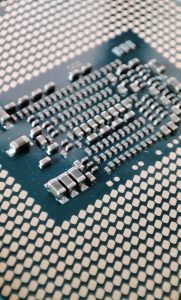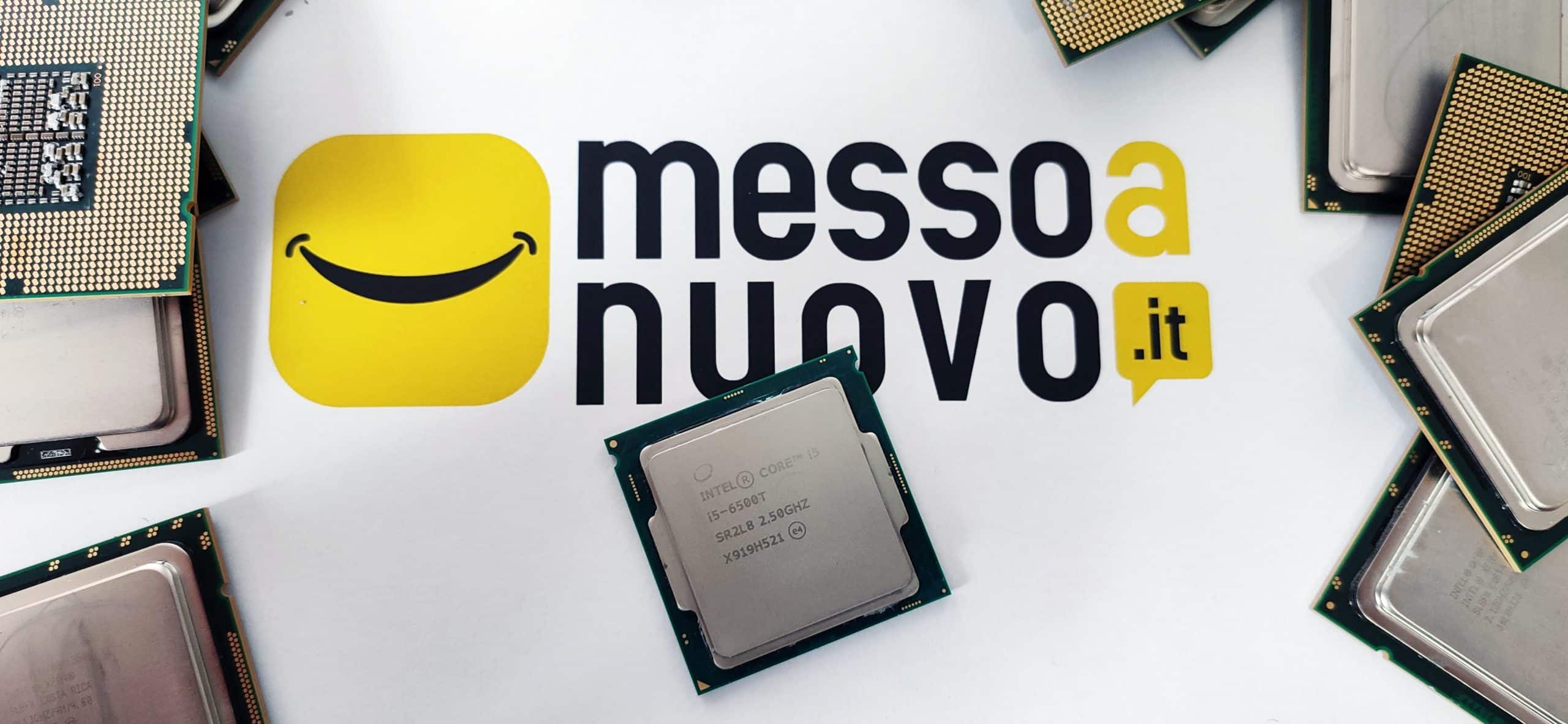Intel Core i5-6500 and 6500T A letter "T" that makes the difference
What are the differences between these two CPUs and how to find out which one is right for you.
When choosing a PC, whether it is new or a used or refurbished PC, the first component to take into consideration is certainly the processor. We very often hear about i5 or i7 processor followed by various numbers and sometimes letters. If it is quite simple to understand at a glance which is more recent and powerful between an Intel Core i5-6400 and an i7-11700 by looking exclusively at the numbers, it is also necessary to know precisely the meaning of the letters that often accompany the name of a processor.
Let's take a step back and look at the meaning of these letters in more detail.

The difference between the various processor series
In fact, Intel often adds a letter next to the name of the CPU model, this letter indicates a very specific characteristic, understanding what those letters mean is therefore important to decide which processor to choose. Models without this letter, however, are ordinary processors that have all the features necessary for a good experience.
Even if all these letters and acronyms can actually create a lot of confusion, it must be said that the most common and on which we will focus is the T series.
Intel T-series processors, as previously mentioned, have a lower TDP than the standard version of the processor. But in simple terms what does it mean?
To give a practical example we will see the comparison between the Intel Core i5-6500 and i5-6500T
To begin we will see what their points in common are, starting from the architecture for both 64bit, the presence of the same integrated GPU (Intel HD 530), the same size of the semiconductors (14 nanometers), the number of cores for both (4) etc. .
The only differences between i5-6500 and i5-6500T in practice are the TDP and the clock frequency. 
TDP: This acronym indicates the thermal design power (TDP), i.e. the maximum amount of power that the cooling system needs to dissipate. So in effect the consumption in watts of the processor which for the i5-6500 is 65w while for the 6500T it is 35w . In addition to savings in terms of electricity consumption and therefore in the bill, this leads to a lower quantity of heat produced for the T model, which translates into greater efficiency of the cooling system, which can therefore also be passive (without a fan). . On the other hand, however, we will have a lower clock frequency.
Clock frequency: The clock frequency is indicated in Mhz (mega hertz) or Ghz (giga hertz), and is in fact the speed of the CPU, it indicates how many processing cycles per second can be performed by a CPU, considering all its core (processing unit). It is calculated by adding the clock frequencies of each core or, in the case of multi-core processors that employ different microarchitectures, of each group of cores. Again taking our two processors as an example we will have a frequency of 3.2Ghz for the Intel Core i5-6500 and 2.5Ghz for the Intel Core i5-6500T .
Which processor should you choose between Intel Core i5-6500 and i5-6500T?
Well it all depends on your specific case, we have just learned the difference between the two CPUs and we are able to choose the best of the two for our use.
If our need is to always get the most out of our processor, without paying attention to the higher consumption of electricity or its heating, then the choice falls on the Core i5-6500 .
In case you want a much more compact PC (some PCs with T processors are really pocket-sized), which consumes little, does not overheat and above all silent, as we could also choose a PC completely without fans, then your choice must be ' Intel Core i5-6500T . If it is true that the clock frequency is lower than its counterpart, it is also true that for daily use at home or in an office it will be more than sufficient for use, benefiting exclusively from your choice.
The choice of the processor when purchasing a PC, regardless of whether it is a new product or a used PC , is crucial and it is therefore necessary to know all its characteristics, from now on you will be able to knowledgeably choose the product suitable for your purpose .








